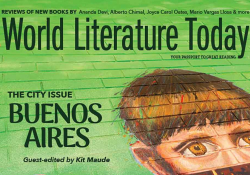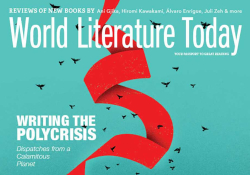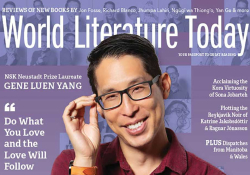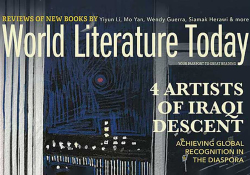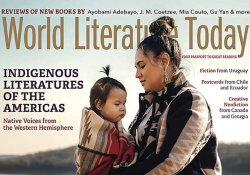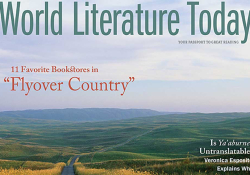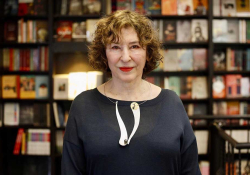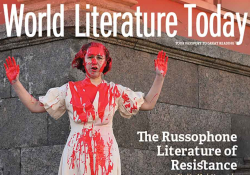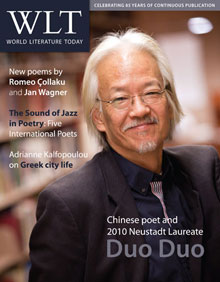EDITOR'S NOTE, March 2011
At the age of twenty, I became an accidental jazz aficionado at the same time I became an accidental English major. Two years earlier, when I entered the University of Nebraska–Lincoln as a freshman, I was convinced that I needed to pursue a "useful" major, like aeronautical engineering or pre-medicine. Then the siren song of literature, inspired by my reading of Shakespeare in one of Professor Robert Knoll's legendary survey courses, lured me away from career-minded majors and into an enduring fascination with languages, literature, and culture. At the same time, serendipity struck my musical tastes—I stumbled upon four jazz albums in cassette recordings, all first recorded in 1958–59 and rereleased on Columbia's Jazz Masterpieces label: Miles Davis's Kind of Blue, Billie Holiday's Lady in Satin, Charles Mingus's Mingus Ah Um, and Dave Brubeck's Time Out. I listened to these albums obsessively, entranced by Davis's sonic moods, Holiday's aching vocals (she died, destitute, in 1959), Mingus's throbbing pulsions, and Brubeck's shifting time signatures.
Admittedly, my newfound passion for jazz was more emotional and kinesthetic than culturally sophisticated or historically informed. Little did I know, for example, that the track "Fables of Faubus" on Mingus Ah Um was originally a politically charged satire of Arkansas governor Orval E. Faubus's attempts to block the desegregation of Central High School in Little Rock, Arkansas, in 1957. According to Robert Bennett, the lyrics of the song's original version used "the whole arsenal of black-modernist cultural weaponry to expose and ridicule American racism." On the first album version released by Columbia, however, the lyrics were stripped out, leaving an instrumental version that, in Bennett's words, "still swings and bops but delivers few punches." Drawing on Saul Scott's account of this history in Freedom Is, Freedom Ain't: Jazz and the Making of the Sixties (2003), Bennett contends that modern jazz, especially the bebop and hard bop of the late 1950s and '60s, served as a "blueprint for the cultural revolutions of the post–World War II American avant-garde" as well as a "revolutionary aesthetic-political soundscape"—namely, a soundtrack to the Civil Rights Movement's sit-ins, freedom marches, and other acts of civil disobedience ("Songs of Freedom: The Politics and Geopolitics of Modern Jazz").
Even as modern jazz in the United States was intertwined with the cultural politics of the age, the international influence of jazz continued to soar. As is well known, musicians and writers who flourished in the Harlem Renaissance but were denied equal rights during the Jim Crow era experienced tremendous popularity as expatriates performing in such cities as Paris, Havana, and Shanghai in the 1920s and '30s. Then, in the decades following World War II, the U.S. State Department began sending jazz musicians—including Louis Armstrong, Miles Davis, and Charles Mingus—as soft-power cultural ambassadors around the world as part of their overall strategy of Cold War diplomacy (on this topic, see Penny Von Eschen's fascinating 2004 study, Satchmo Blows Up the World: Jazz Ambassadors Play the Cold War). Little wonder, then, that the jazz aesthetic—with its cathartic emphasis on spontaneity, freedom, and improvisation—found its way into the work of a remarkable range of international writers, including Boris Vian, Joseph {kvoreck±, Julio Cortázar, Haruki Murakami, Kamau Brathwaite, Michael Ondaatje, and others.
In the twenty-first century, the infusion of jazz into the work of contemporary poets and novelists continues unabated. The contributors to the current issue's special section on jazz poetry all demonstrate both a deep appreciation for the uniquely American evolution of the genre as well as a thorough absorption of its tropes, themes, and rhythms. As guest editor Lauren Camp notes in her compelling introductory essay on the sound of jazz in poetry (page 23), one need not be a jazz musician, historian, or connoisseur to appreciate the poems included here. "To know nothing," she writes, "might just be the truest way to experience any complex form of art. You respond with your body and your feelings—and leave the analytical, thinking mind to the side." Even as we appreciate the genre's deep embeddedness in complexities of race, class, and history, in its purest form jazz is one of those embodied pleasures that just has to be experienced.
